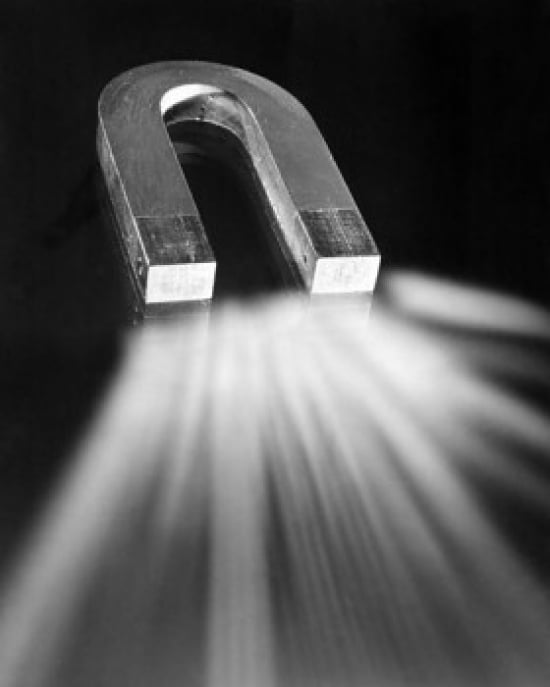

In this approach, the divergence of the magnetization ∇
HORSESHOE MAGNET PROFESSIONAL
However, a version of the magnetic-pole approach is used by professional magneticians to design permanent magnets. If a bar magnet is broken into two pieces, in an attempt to separate the north and south poles, the result will be two bar magnets, each of which has both a north and south pole. The magnet does not have distinct north or south particles on opposing sides. Two different models exist for magnets: magnetic poles and atomic currents.Īlthough for many purposes it is convenient to think of a magnet as having distinct north and south magnetic poles, the concept of poles should not be taken literally: it is merely a way of referring to the two different ends of a magnet. Ī wire in the shape of a circle with area A and carrying current I has a magnetic moment of magnitude equal to IA. If the field is uniform in space, the magnet is subject to no net force, although it is subject to a torque. A magnet may also be subject to a force driving it in one direction or another, according to the positions and orientations of the magnet and source. The amount of this torque is proportional both to the magnetic moment and the external field.

In addition, when the magnet is put into an external magnetic field, produced by a different source, it is subject to a torque tending to orient the magnetic moment parallel to the field. The strength of the magnetic field it produces is at any given point proportional to the magnitude of its magnetic moment. m 2 (amperes times meters squared).Ī magnet both produces its own magnetic field and responds to magnetic fields.

In SI units, the magnetic moment is specified in terms of A For a bar magnet, the direction of the magnetic moment points from the magnet's south pole to its north pole, and the magnitude relates to how strong and how far apart these poles are. 9.2.5 Force between two cylindrical magnetsĪ magnet's magnetic moment (also called magnetic dipole moment and usually denoted μ) is a vector that characterizes the magnet's overall magnetic properties.9.2.3 Force between two nearby magnetized surfaces of area A.7.5 Single-molecule magnets (SMMs) and single-chain magnets (SCMs).Often, the coil is wrapped around a core of "soft" ferromagnetic material such as mild steel, which greatly enhances the magnetic field produced by the coil. The local strength of magnetism in a material is measured by its magnetization.Īn electromagnet is made from a coil of wire that acts as a magnet when an electric current passes through it but stops being a magnet when the current stops. The overall strength of a magnet is measured by its magnetic moment or, alternatively, the total magnetic flux it produces. "Hard" materials have high coercivity, whereas "soft" materials have low coercivity. To demagnetize a saturated magnet, a certain magnetic field must be applied, and this threshold depends on coercivity of the respective material. Permanent magnets are made from "hard" ferromagnetic materials such as alnico and ferrite that are subjected to special processing in a strong magnetic field during manufacture to align their internal microcrystalline structure, making them very hard to demagnetize. Although ferromagnetic (and ferrimagnetic) materials are the only ones attracted to a magnet strongly enough to be commonly considered magnetic, all other substances respond weakly to a magnetic field, by one of several other types of magnetism.įerromagnetic materials can be divided into magnetically "soft" materials like annealed iron, which can be magnetized but do not tend to stay magnetized, and magnetically "hard" materials, which do. These include the elements iron, nickel and cobalt and their alloys, some alloys of rare-earth metals, and some naturally occurring minerals such as lodestone. Materials that can be magnetized, which are also the ones that are strongly attracted to a magnet, are called ferromagnetic (or ferrimagnetic). An everyday example is a refrigerator magnet used to hold notes on a refrigerator door. and attracts or repels other magnets.Ī permanent magnet is an object made from a material that is magnetized and creates its own persistent magnetic field. This magnetic field is invisible but is responsible for the most notable property of a magnet: a force that pulls on other ferromagnetic materials, such as iron, steel, nickel, cobalt, etc. A magnet is a material or object that produces a magnetic field.


 0 kommentar(er)
0 kommentar(er)
